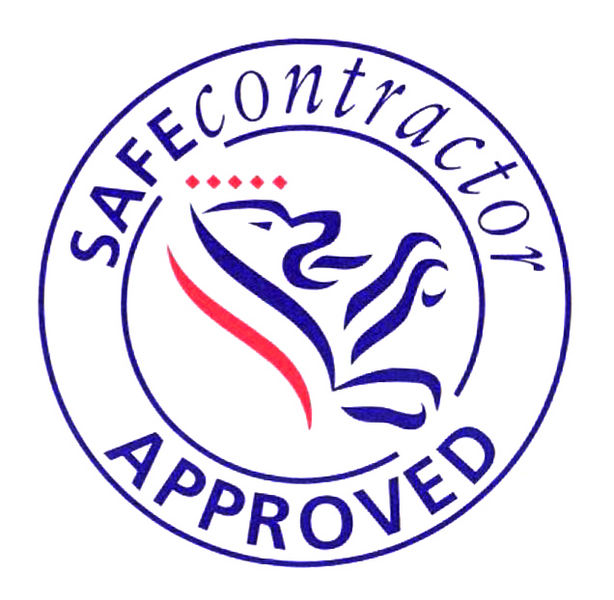The legal requirements for railings
Legal requirement for installing railings:
Railings are an important part of ensuring safety for your home and family, and their installation is regulated by law. While railings are a fairly straightforward safety feature, there are some legal requirements that you should be aware of if you're installing new railings or repairing existing ones. These requirements vary depending on various factors such as the height of the structure. If you're installing a railing, it's important to follow the legal requirements for your area and make sure that you're doing everything correctly. It is also important to remember that when installing railings in new buildings, it is not just about meeting legal requirements: It's about creating a safe environment for everyone who uses your building! In this blog, we'll discuss some of the most important legal requirements for railings, as well as how to install them correctly.
Legal Requirements:
Staircases:
Before installing railings for your new staircase, it is important to note the different legal requirements. Handrails are required on all staircases. If the staircase is less than a metre wide, then the handrail must be placed on at least one side. If it’s wider than one metre, handrails should be placed on two sides. They should also be placed at a height between 900mm and 1000mm above the highest point of the staircase’s steps. To meet building regulations railings should be placed between 900mm and 1000mm above the highest point of the staircase’s steps.
Materials:
The materials used for the railings play a huge part in the durability of the railings. While there are no strict requirements on the type of materials fabricators to use, it is a requirement that the railings and balustrades have structural integrity and are built with safety in mind. This gives fabricators like us to choose from a range of materials that are likely to stand the test of time:
- Steel: Steel is a popular choice and is the material we use the most in our projects. This is because of the durability and strength it provides. It can hold up against heavy loads and harsh weather conditions, making it a great choice for outdoor use. The versatility of steel means it can be welded into various designs, offering flexibility in the look and feel of the product. By using this material, it allows us to combine safety with aesthetics.
- Glass: The sleek and modern finish of glass railings is a stunning choice for those looking to enhance their home or office. They provide a transparent and open feel to spaces, increasing the level of light entering through the home. The tempered glass used in these railings is exceptionally sturdy, ensuring safety. Glass railings are often supported by steel, enhancing the level of safety they provide. If you’re using glass in your project, make sure they include safety glass or laminated glass.
- Timber: Timber railings bring a much more warm, inviting and traditional appearance to your home or office space. However, due to the nature of timber, they don’t hold up as well as structures made of steel, so while they are durable, they aren’t as long-lasting.
Other requirements:
- Railings should not have any sharp edges that could cause harm to those using the railings.
- They should also be graspable.
- Fire safety regulations should also be taken into consideration, especially in commercial properties. The materials used must meet fire safety standards to prevent the spread of the fire.
- If the railings are part of a structure that should be accessible to people with disabilities, they should comply with accessibility standards, such as the Equality Act 2010 in England.
- Once your railing or balustrade has been installed, make sure to upkeep the maintenance to ensure they continue to remain safe, as well as improve its longevity.







